Naoshima and France: Two Nations United by Art and Culture
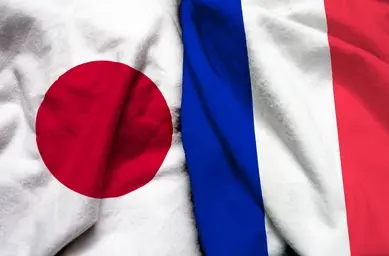
Naoshima, a small island in the Seto Inland Sea, is a sanctuary of contemporary art that attracts visitors from around the globe.
Among them, French tourists stand out as a significant presence.
Why is it that so many French people are drawn to this remote Japanese island?
The answer lies in the shared cultural values between the two countries and the fresh perspectives born from their differences.
1.A Cultural Connection Rooted in Shared Heritage

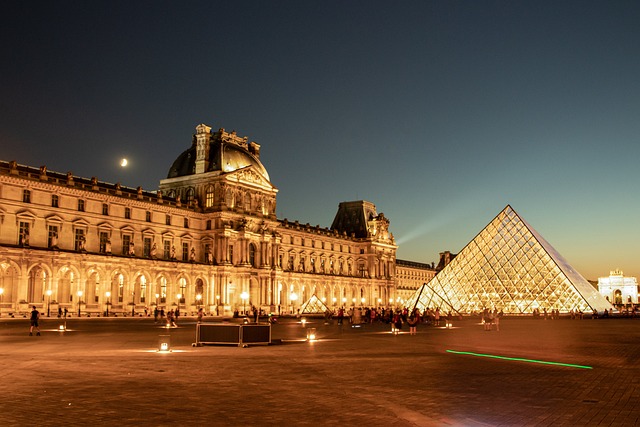
France and Japan are both countries renowned for their rich cultural legacies.
With long histories in language, art, architecture, and literature, both nations share a commitment to preserving and cultivating their traditions.
This mutual respect for culture likely contributes to the deep resonance French visitors feel when encountering Japanese aesthetics.
On Naoshima, the Benesse Art Site projects merge art, nature, and architecture into harmonious spaces.
The overarching theme of “balance” resonates deeply with French sensibilities, offering a unique experience that aligns with their cultural values.
2.Art and Cuisine: Nurturing Aesthetic Sensibilities
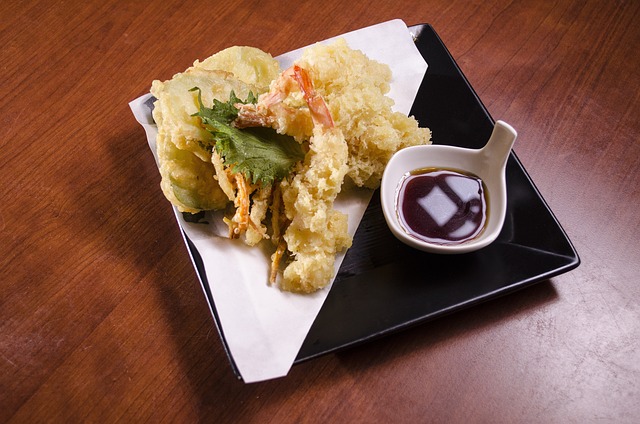
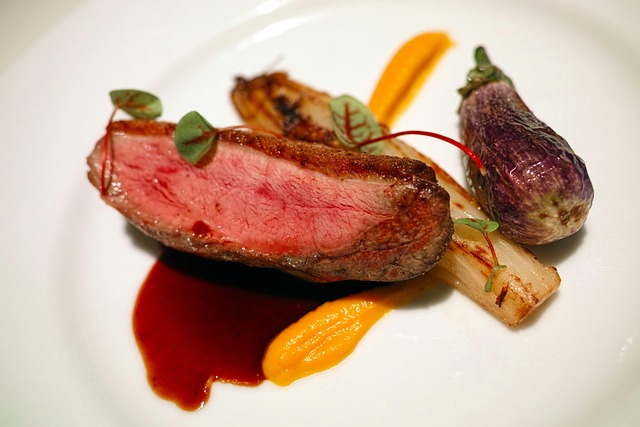
Both France and Japan place immense cultural value on food, elevating it to an art form in its own right.
Each country has developed a culinary identity that prioritizes beauty, precision, and emotional impact.
When French visitors come to Naoshima, they have the opportunity to savor local dishes made with fresh ingredients from the Seto Inland Sea.
Combined with the refined hospitality of Japan, these culinary experiences complement the island’s artistic offerings, creating a sensory harmony that leaves a lasting impression.
3.The Allure of Opposites

While France and Japan share many cultural values, their aesthetic styles are strikingly different.
France often celebrates boldness and passion, while Japan embraces subtlety and the beauty of restraint.
On Naoshima, these contrasts come to life in spaces like the Chichu Art Museum and the Lee Ufan Museum.
These venues, designed to harmonize with natural light and the surrounding environment, emphasize the Japanese concept of “emptiness” and the elegance of silence.
For French visitors, such experiences provide a refreshing departure from their everyday life, offering new perspectives that deeply enrich their understanding of beauty.
4.The appeal of Naoshima extends beyond its art
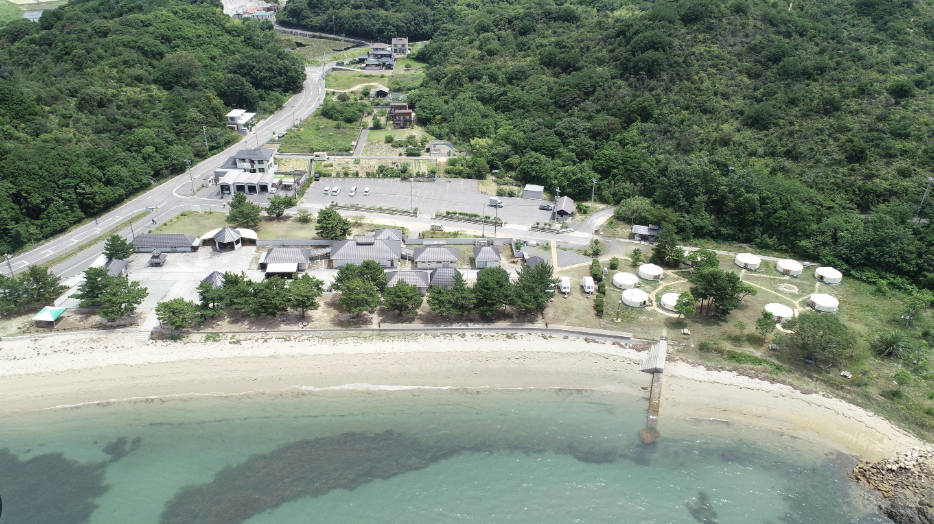
The journey to the island itself is part of its charm, offering visitors a chance to slow down and embrace a different rhythm of life.
The tranquil landscapes and serene atmosphere stand in stark contrast to the bustling cities of France, allowing visitors to feel the passage of time in a profoundly different way.
5.Conclusion: Naoshima as a Cultural Crossroads
Naoshima offers French visitors a unique intersection of “familiarity” and “discovery.
” It is a place where shared values foster a sense of connection, while cultural differences spark new insights and emotions.
The reason French tourists are drawn to Naoshima lies in its ability to serve as a cultural bridge, offering profound artistic and sensory experiences that resonate deeply with both their heritage and their curiosity for the unfamiliar.
In doing so, Naoshima continues to unite two nations through the power of art and culture.
